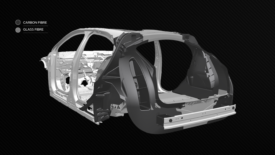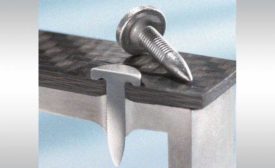Home » lightweighting
Articles Tagged with ''lightweighting''
Bonding Aluminum in Automotive Assembly
Surface preparation of aluminum plays an important role in the durability of bonded joints.
August 4, 2021
New Materials, New Fasteners
As automakers replace steel with lightweight materials, new fasteners will replace conventional screws.
June 11, 2021
New Developments in Self-Pierce Riveting
New technology incorporates the advantages of self-pierce riveting while overcoming its limitations.
January 6, 2021
Never miss the latest news and trends driving the manufacturing industry
Stay in the know on the latest assembly trends.
JOIN TODAY!Copyright ©2024. All Rights Reserved BNP Media.
Design, CMS, Hosting & Web Development :: ePublishing












